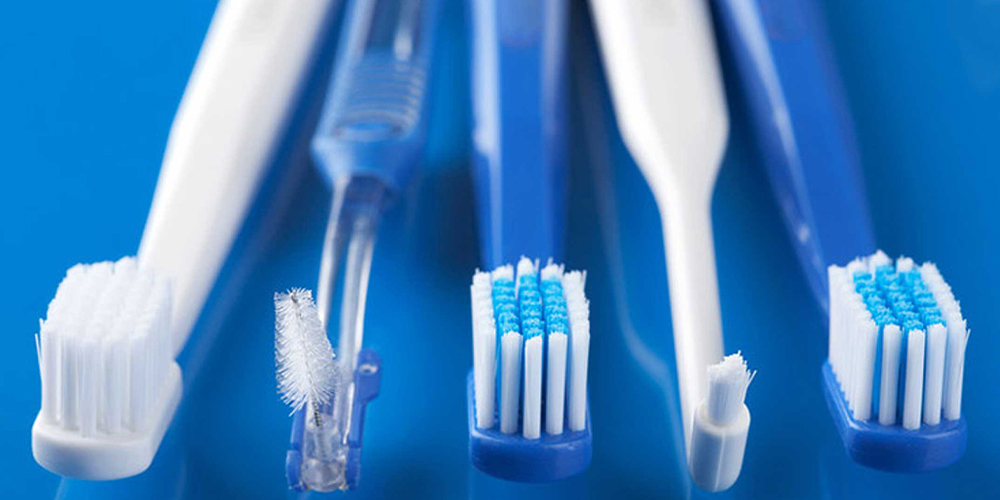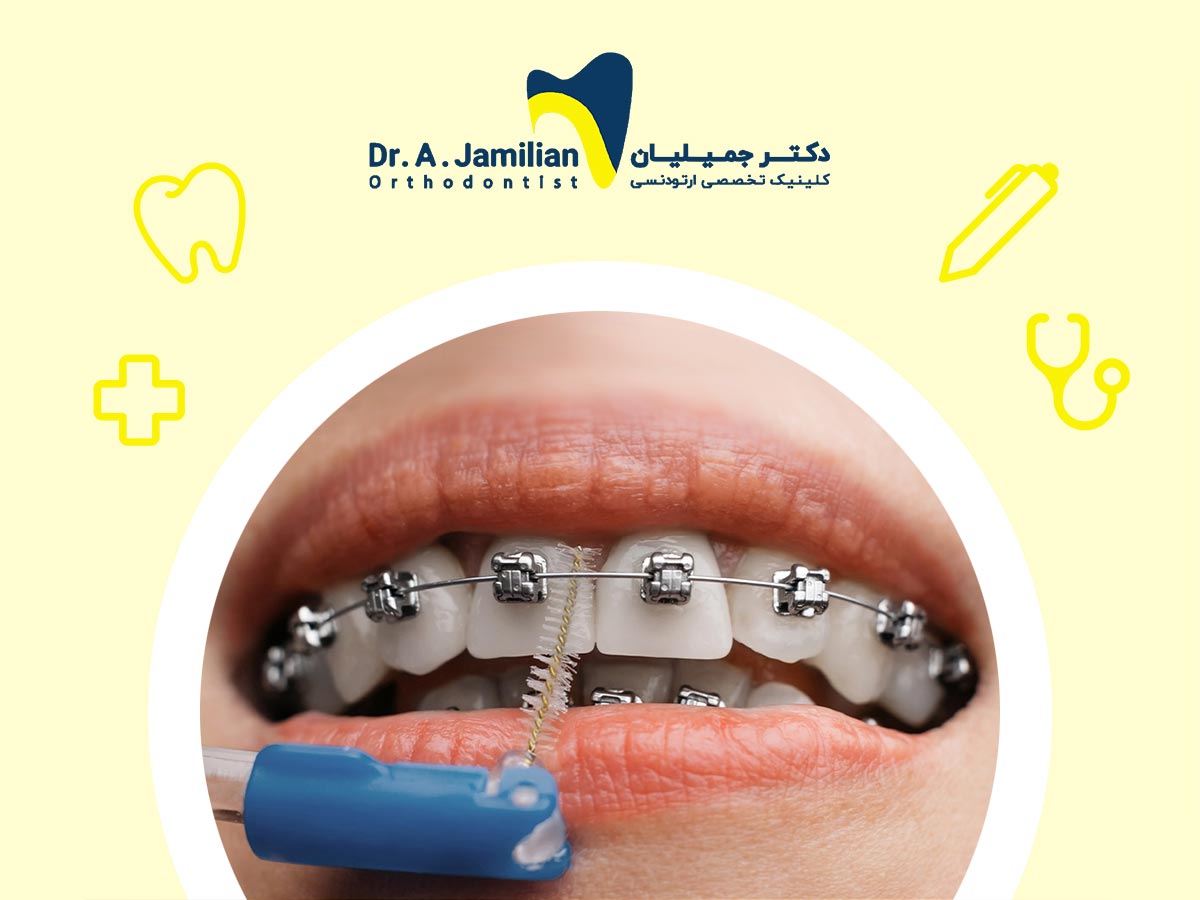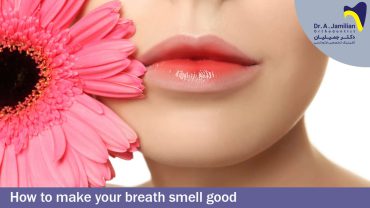An orthodontic interdental brush is a toothbrush created & used to clean the space between the teeth and braces. It’s especially important for patients who undergo orthodontics to pay more attention to the health of their mouth and teeth than other people because they are more exposed to diseases such as tooth decay and discoloration due to the placement of orthodontic devices in their mouths. Read our other articles related to this, to understand more. Going back, this type of toothbrush is a tool used to maintain the health of teeth during treatment. Below,, we further examine the orthodontic IDBs.
Why should you use orthodontic interdental brushes?
During orthodontic treatment, the patient’s teeth and mouth become rapidly more sensitive, and their maintenance becomes crucial. Therefore, the use of an orthodontic interdental brush becomes crucial during the treatment period. Because orthodontic devices are placed on the teeth, they make it more difficult to clean them. Thus, bacteria may accumulate under the wires and braces and cause decay or discoloration in these areas.
The risk of these complications will increase dramatically if patient’s are unwilling to use the orthodontic interdental brush. The orthodontic device may also cause inflammation in the gum and oral tissues and increase the risk of oral infections. This is why these patients should use all methods of keeping their mouths and teeth healthy, including an orthodontic interdental brush.

Uses of interdental brushes
Orthodontic interdental brushes have diverse uses and are often used during orthodontic treatment. However, they can also be utilized by other people. Their most important application include:
- Cleaning the spaces between teeth during orthodontic treatment
- Cleaning orthodontic archwires and braces
- Washing and cleaning the teeth under the archwire
- Cleaning of implant and prosthesis screws
- Cleaning interdental spaces in people with interdental gaps
- Massaging the gums to clean them and reduce inflammation
Advantages of orthodontic interdental brushes compared to other types of toothbrush
Regular toothbrushes are used to clean the front, bottom, and back surfaces of the teeth. However, with one key loss, cleaning and maintaining the spaces between teeth and gums. An orthodontic interdental brush easily cleans the space between the teeth, similar to dental floss, as well as the gums. By using these toothbrushes along with regular toothbrushes, dental floss, and mouthwash, you can clean your mouth and teeth in the best possible way and prevent dental plaque and decay.
Choosing the best interdental brush
Your orthodontist will prescribe you to the best interdental brush for you. As, if the wrong type and size are chosen, it may damage your gums and teeth. These types of toothbrushes are selected according to the oral and dental disease complications. They are selected according to the distance between teeth, dental bridges, type of treatment (orthodontics, implants, etc.), and type of gums.
Types of interdental brush
Orthodontic interdental brushes are classified according to the application and the size of the gap between teeth for which they are used. These toothbrushes are designed in various L-shaped, round, and bristled shapes and are selected and used depending on the patient’s needs.

L-shaped toothbrushes can easily clean hard-to-reach areas, such as the spaces between the back teeth. Similar to L-shaped toothbrushes, round toothbrushes can easily clean the spaces between teeth that are more difficult to reach and, are also suitable for washing archwires and braces. Bristled toothbrushes function very much like dental floss and can be used to clean the spaces between teeth, archwires, and braces. The choice of each type is made by the patient’s orthodontist according to the shape of the teeth and jaw.
How to use an interdental brush
Interdental brushes are very easy to use; however, if not used properly, they may damage the teeth and gums. For correct use during orthodontic treatment, the following points must be kept in mind:
- Choose a suitable interdental brush with the help of your orthodontist.
- Before using an interdental brush, brush your teeth well with a regular toothbrush.
- Gently insert the interdental brush into the interdental space
- Do not press or force it into the gaps or under the archwires.
- After inserting the interdental brush into the gap, gently and slowly move it back and forth.
- Repeat this for the space between the teeth and the archwires, around the braces, and the spaces between the braces.
- Use the interdental brush every time you use a regular toothbrush (twice a day).
Orthodontic Interdental Brushes FAQ
No. To maintain the health of your teeth during orthodontic treatment, use not only the interdental brush but also a regular toothbrush, dental floss, mouthwash, and other methods prescribed by the orthodontist.
If you experience pain or bleeding in the gums while using an orthodontic interdental brush, you probably have gingivitis or are not using it properly. You should consult your orthodontist.
The IDB, which has a therapeutic application, should be used until the end of the orthodontic treatment.
Do not keep the orthodontic interdental brush in a closed space like the bathroom; there are many bacteria in this environment which may accumulate on the toothbrush and transfer to the mouth and teeth during use.
Other people may always use an interdental brush to massage their gums and clean their teeth as much as possible. This is especially useful to remove possible infections and teeth decay.







